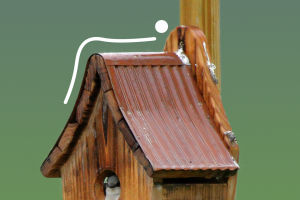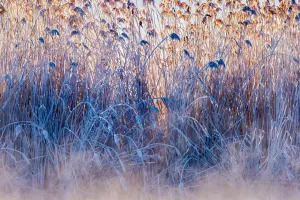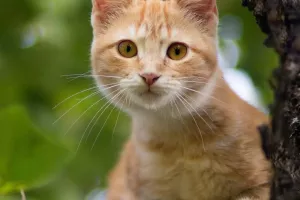Everest has long been known as "the mountain that even birds can't fly over", and its extreme altitude and harsh weather have always been a source of fear for humans. Yet there is one bird that flies sadly from here every year.
They are the Demoiselle cranes ...... with their tiny bodies, long legs and delicate stance, you just can't imagine that just such a cute little life has to go through a life-and-death-migration every year.
According to scientists, every year nearly one-fifth of the Demoiselle cranes remain forever in the process of crossing the Himalayas alone. It has been documented that by the time the cranes land at the end of their mass migration, they are mostly unresponsive, trembling, and weighing only a third of what they started with. It has been reported that more than a quarter of all Demoiselle cranes disappear on their journey.
How much of this is due to the human factor? What about human skyrocketing nets, bird cannons and even poisonous erasers as opposed to crossing the Sea of Death, flying over the Himalayas, and the damage done by natural predators such as red foxes and golden eagles?
The Demoiselle Crane, also known as the Buxus Crane, is a large wading bird with a body length of 68-92 cm and a weight of 1985-2750 g. It has a pearly grey head, blue-grey neck, and body feathers, red irises, a yellow-green bill, black head side, front neck, feet, and toes, white behind the eyes and ear feathers, and extremely extended straw-like throat and front neck feathers that dangle from its This is the name given to the crane.
The Demoiselle Crane inhabits open plains, grasslands, farmland, marshes, wetlands, and highland lakes, and is mostly found in small groups or families, except in breeding pairs. It is timid and alert and is a good runner. The Demoiselle Crane is named for its unusually slender body, with a tassel-like neck and a tuft of long white feathers on each side of the cheek, resembling a cloak of hair. She is also shy and solitary and does not mix well with other cranes, so her demeanor is elegant and dignified, hence her name.
Apart from breeding pairs, she is often found in families or small flocks, and sometimes alone. Demoiselle cranes are often found in shallow water or on higher meadows near water. Demoiselle cranes are timid and wary, and they are good at running, often avoiding humans.
The Demoiselle Crane assembles in late October each year in the lower Himalayas and follows a mysterious and ancient migration route over Mount Everest, traveling to and from distant lands and home to begin a cycle of new life and relays. The Demoiselle crane feeds mainly on small fish, frogs, tadpoles, insects, young plant shoots, leaves, and grass seeds, as well as maize and wheat.
The grassland in summer and autumn is as colorful as a scroll, and the Demoiselle Crane is the spirit on this scroll, adding life and vitality to the grassland. No matter how many times you have visited the grassland, each time you will feel a sense of nostalgia from a previous life.
The journey shown in the life of Demoiselle Crane inspires respect and its epic migration journey illustrates what it means to be indomitable. They are the spiritual totem of the grasslands.


